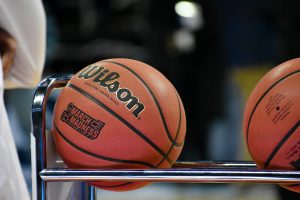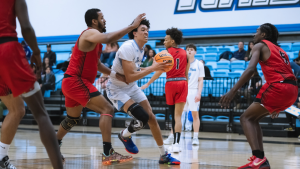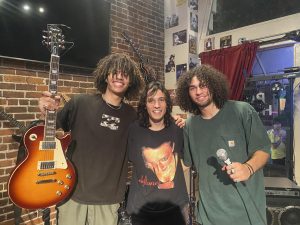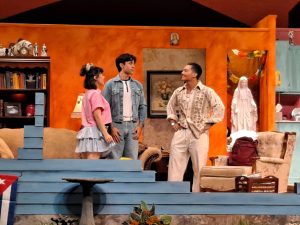Associated Students returns from Washington D.C.

Associated Student members outside the Russell Senate Office Building in Washington D.C. Photo by Associated Student.
March 26, 2015
Last week, members of the Associated Students returned from the National Student Advocacy Conference in Washington D.C., where they met with lawmakers to advocate for community college students.
The A.S. members addressed lawmakers, including the offices of Sen. Feinstein and Rep. Brownley, about increasing Pell Grants, introducing programs to provide student aid, and a new program to help students pay back student loans. These new programs, if enacted, will ease the financial burden of community college on students, according to Farshid Orak, president of the Associated Students.
“We really want the Congress to pass the law to increase the number of Pell Grants and provide grants for the summer session,” Orak said.
According to the American Student Association of Community Colleges, the proposed changes to the Pell Grant will bring the maximum award to $6,100 in 2017-18, an increase from the current $5,730.
Another change A.S. pushed for was to make the Pell Grant year-round, which will make it available for summer sessions. It is currently only applicable to fall and spring semesters.
Changes are being made to the Higher Education Act, which provides guidelines for federal financial aid. A.S., as well as student leaders from other colleges, spoke to senators and representatives to revise student loan policies. According to the A.S.A.C.C., student leaders want students to be able to pay back their student loans using pre-tax dollars, a policy that will ease the burden of payment and allow students to pay loans off faster.
The A.S. campaigned vigorously for these programs, and were backed by local legislatures. According to Orak, Sen. Feinstein’s office was particularly enthusiastic about the increasing Pell Grants.
“They are going to support it, no matter what it takes,” Orak said.
In addition to attending meetings, workshops and lectures, the AS, toured the city. They viewed monuments, memorials and even the White House. Orak commented on what it was like to see the legacies of famous historical figures.
“It showed us that they were normal people, like us,” Orak said. “It inspired and motivated us for our biggest goal, which is giving students a voice.”





